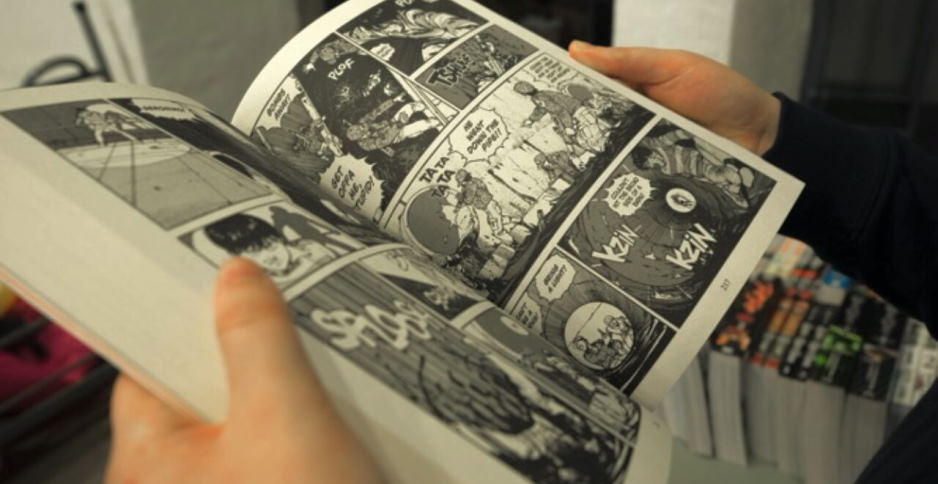Graphics design is an integral part of any branding and marketing strategy. Graphic design can help capture the attention of potential customers and give businesses a professional, polished look. Graphic design elements such as logos, illustrations, typography, icons, and photos are important for representing brands.
Designers create visuals to communicate messages in creative ways that will be memorable and eye-catching. By utilizing the right design elements, businesses can create a strong visual identity that will resonate with audiences. In addition to creating beautiful visuals, graphic designers must also be mindful of branding guidelines and other communication strategies when designing graphics for clients.
Graphic designers interpret business goals into visually appealing assets that help promote the company’s mission and values. This requires a deep understanding of branding, marketing, and market research to create effective and engaging designs.
Furthermore, designers must stay up-to-date on the latest design trends to ensure their designs remain fresh and relevant.

How to design graphics that will capture your audience’s attention
Graphics are an important part of any successful marketing campaign. They can help draw attention to your message, create a more engaging experience for your audience, and even increase conversions. But designing effective graphics isn’t always easy. To help ensure that your visuals will capture the attention of viewers, there are a few guidelines you should follow:
1. Choose a relevant and eye-catching image. A good graphic should be relevant to your message and stand out from the rest of the content when browsing through it. Use an eye-catching photo or illustration to draw attention to your message and compel viewers to take action.
2. Keep it simple and uncluttered. When it comes to visuals, less is often more. Keep your design simple and clear, without any unnecessary elements that could distract viewers from your message.
3. Use bright colors or contrasting shades. Bright colors are great for drawing attention and encouraging people to take action; they can also help create a sense of energy and urgency in your message. You can also try using contrasting shades to create a more dynamic design.
4. Use typography that stands out. Choosing the right font is key to making your message stand out and delivering it effectively. Try bold fonts with large sizes for headings and titles, and avoid long blocks of text or tiny fonts that may be difficult to read.
5. Be consistent. Consistency is key to making sure your graphics have a professional look and feel that viewers will recognize and remember. Stick with the same style of design across all of your visuals, including colors, fonts, and imagery.









